Photo by © Gordon Swanson
When we think of French cuisine, images of delicate pastries, rich sauces, and exquisite wines often come to mind. However, at the heart of this world-renowned culinary tradition lies a pantry of essential ingredients and kitchen tools that form the backbone of French cooking.
SUBSCRIBE TO THE MAGAZINE
Behind every impeccable dish, a few basic materials are as integral to French cooking as the ingredients themselves. These cooking staples are the building blocks of a cuisine that has shaped global culinary practices for centuries.
Here we explore some of the most important French kitchen staples, their uses, and why they are indispensable in French cooking.
Use the code MFCHMAG10 for 10% of your purchase on the MFCH boutique!
1. Chef’s Knife (Couteau de Chef)
The chef’s knife is the workhorse of the French kitchen, used for chopping, slicing, dicing, and mincing. Its versatility makes it essential for preparing everything from delicate herbs to robust meats. In French cuisine, where precision is paramount, a sharp, well-balanced chef’s knife allows chefs to execute perfect cuts and uniform pieces, which are crucial for even cooking and presentation.

French cooking often requires meticulous preparation, whether it’s finely chopping shallots for a sauce or carving a perfectly roasted chicken. A high-quality chef’s knife ensures that these tasks can be performed with accuracy and ease, making it an indispensable tool.
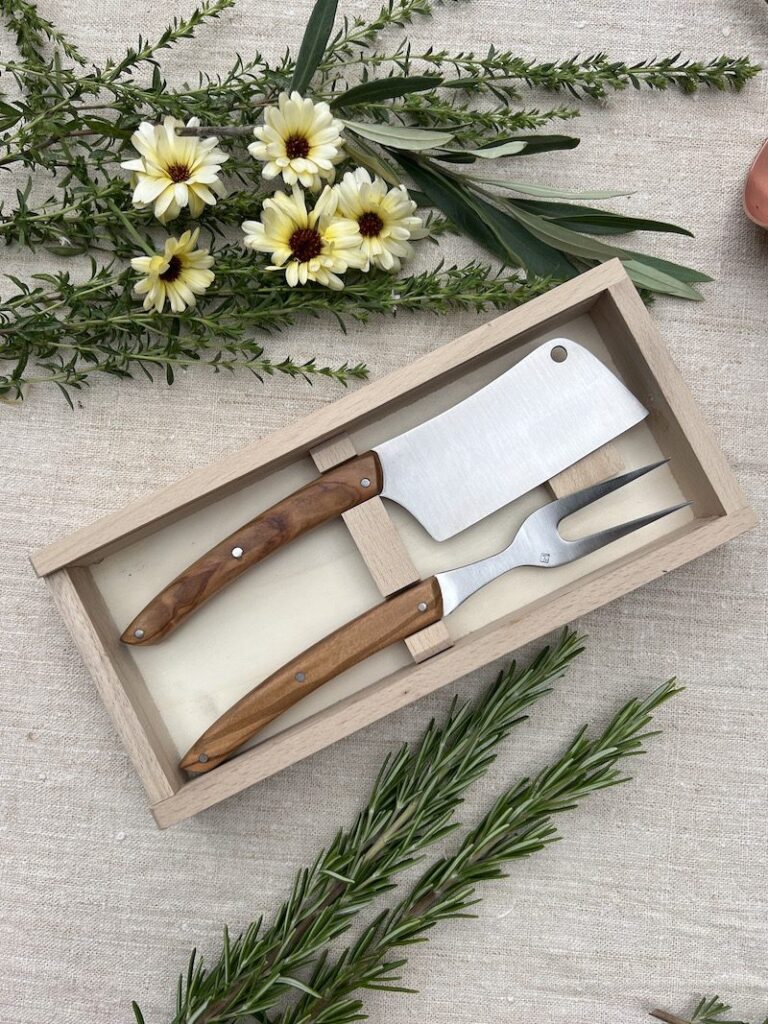
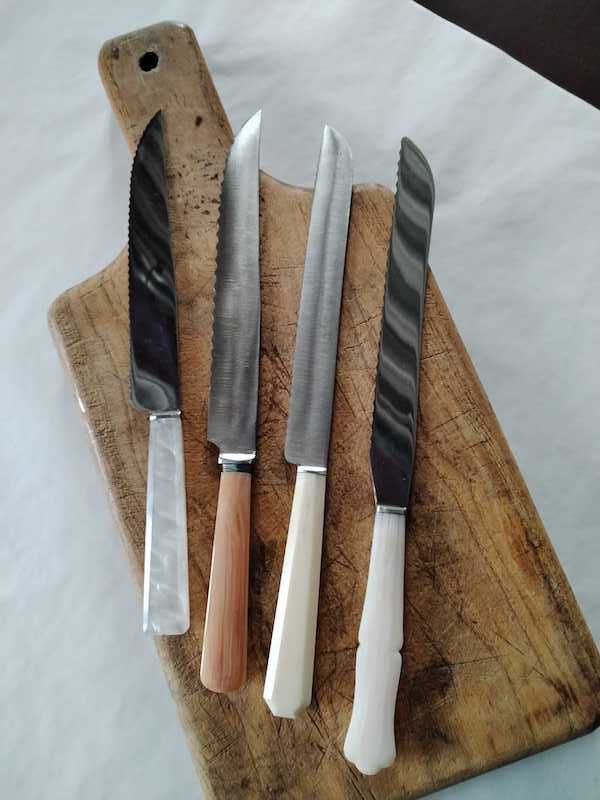
2. Copper Pots and Pans (Casseroles en Cuivre)
Copper cookware is prized for its excellent heat conductivity and responsiveness, allowing for precise temperature control. This is essential in French cooking, where delicate sauces, reductions, and caramelizations are common.
Copper pans are particularly favored for making sauces like béarnaise or hollandaise, where the even heat distribution prevents scorching and ensures a smooth consistency.
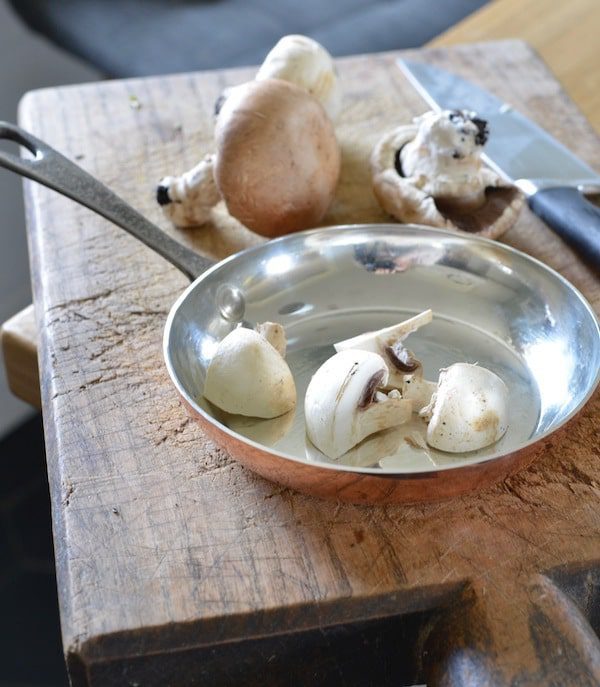
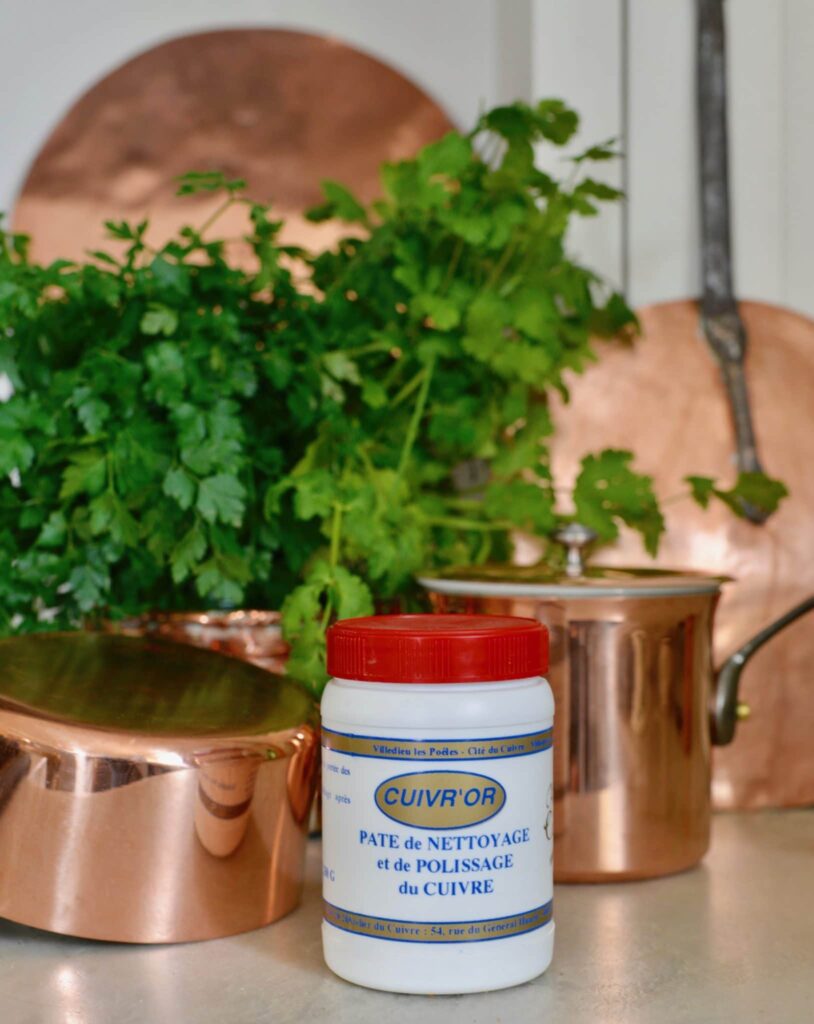
3. Mortar and Pestle (Mortier et Pilon)
The mortar and pestle are used for grinding and crushing herbs, spices, and garlic into pastes or powders. In French cooking, they are often employed to make traditional sauces like pesto, tapenade, or aioli, where the fresh, ground ingredients release more flavor than pre-processed versions.
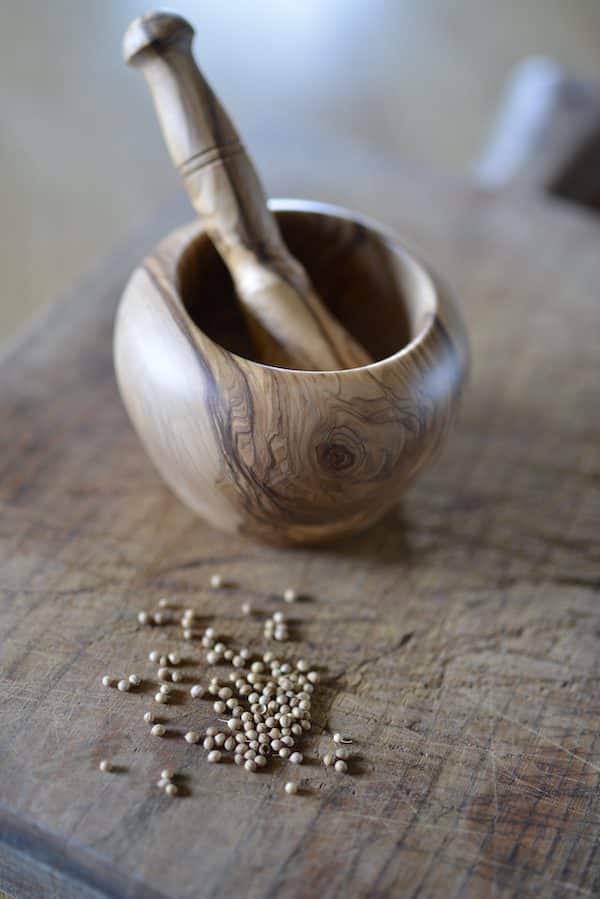
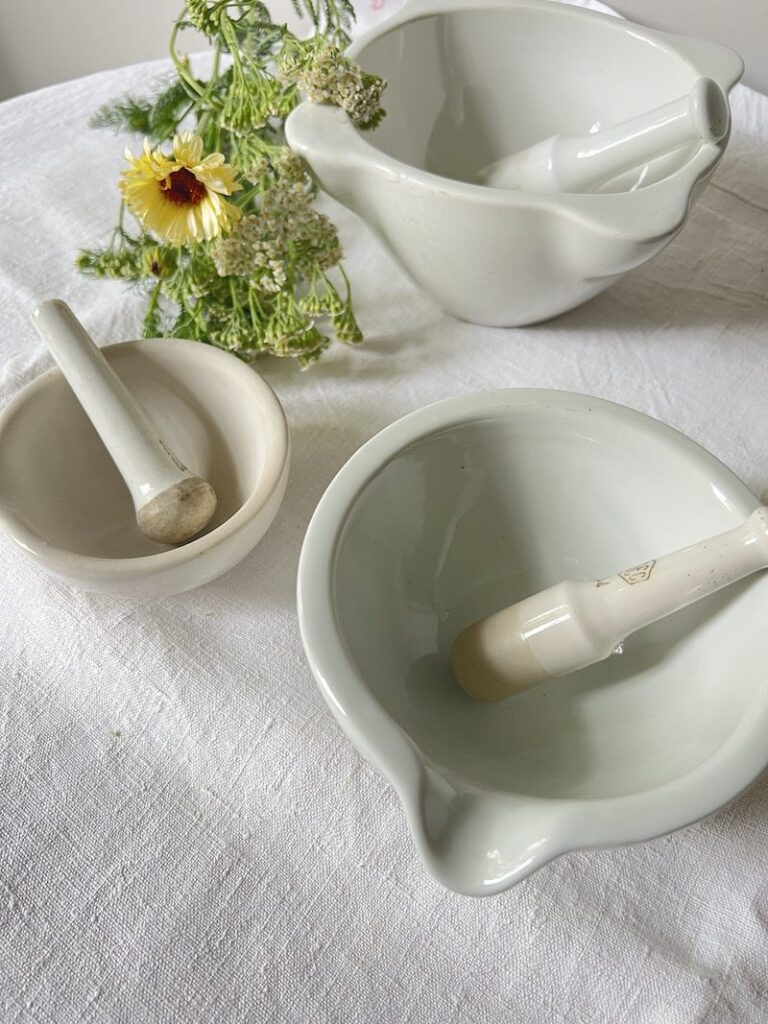
Freshness and flavor are paramount in French cuisine, and the mortar and pestle allow for the extraction of essential oils and aromas that can be lost in mechanical grinding. This hands-on approach to preparing ingredients ensures the full depth of flavor is achieved.
4. Butter (Beurre)
Butter is a cornerstone of French cuisine, used in everything from sautéing vegetables to enriching sauces and baking pastries. Known for its rich flavor and high fat content, French butter typically comes from the northern regions of Normandy and Brittany where the dairy culture is most prominent. It’s the base ingredient for many classic French sauces like beurre blanc and hollandaise and is typically used very generously!
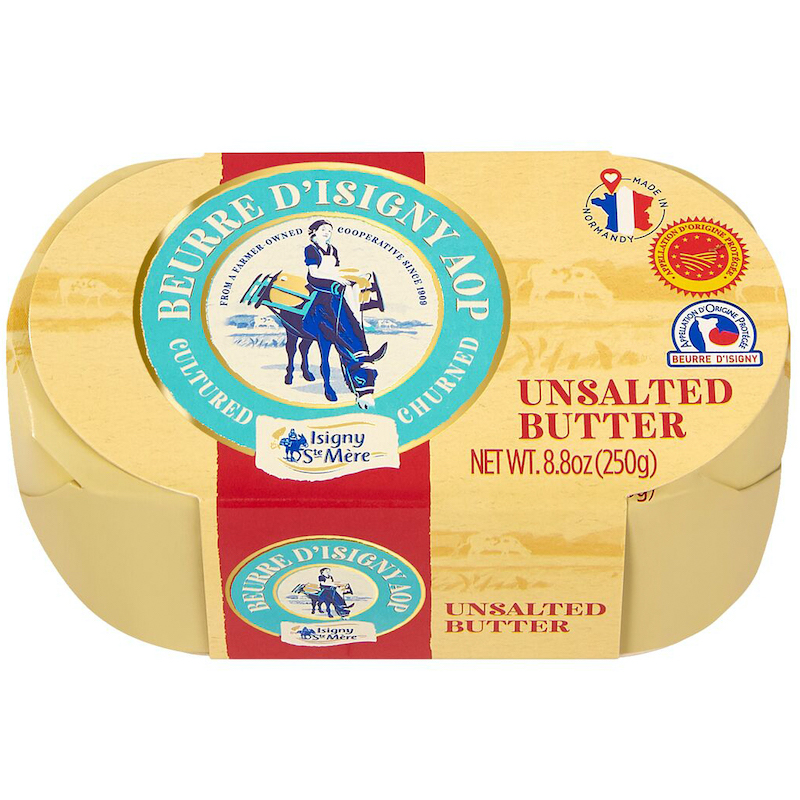

In France, unsalted butter (beurre doux) is often preferred when cooking, allowing for more control over the seasoning of a dish.
5. Olive Oil (Huile d’Olive)
Olive oil is used for sautéing, dressing salads, drizzling over dishes, and as a base for marinades. Its flavor can vary from mild to intense, depending on the region and type of olives used, allowing it to be a versatile ingredient.

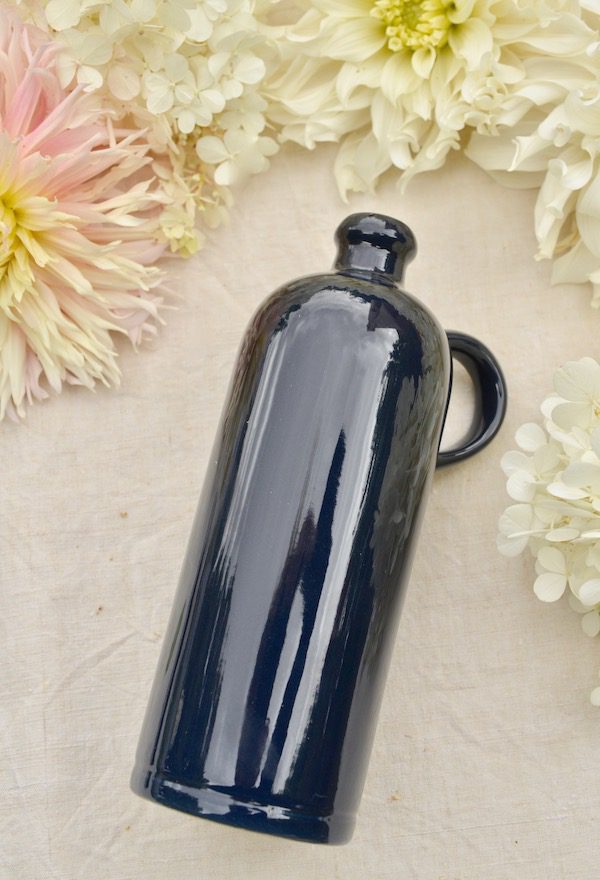
While butter reigns in the northern regions, olive oil is king in the south, particularly in Provençal and Mediterranean cooking. It’s valued not just for its flavor but also for its health benefits.
6. Herbes de Provence
This aromatic blend of dried herbs, typically including thyme, rosemary, oregano, and marjoram, is used to season meats, vegetables, and stews. It’s often added to roasted chicken, grilled fish, or ratatouille, imparting a taste of the French countryside to any dish.
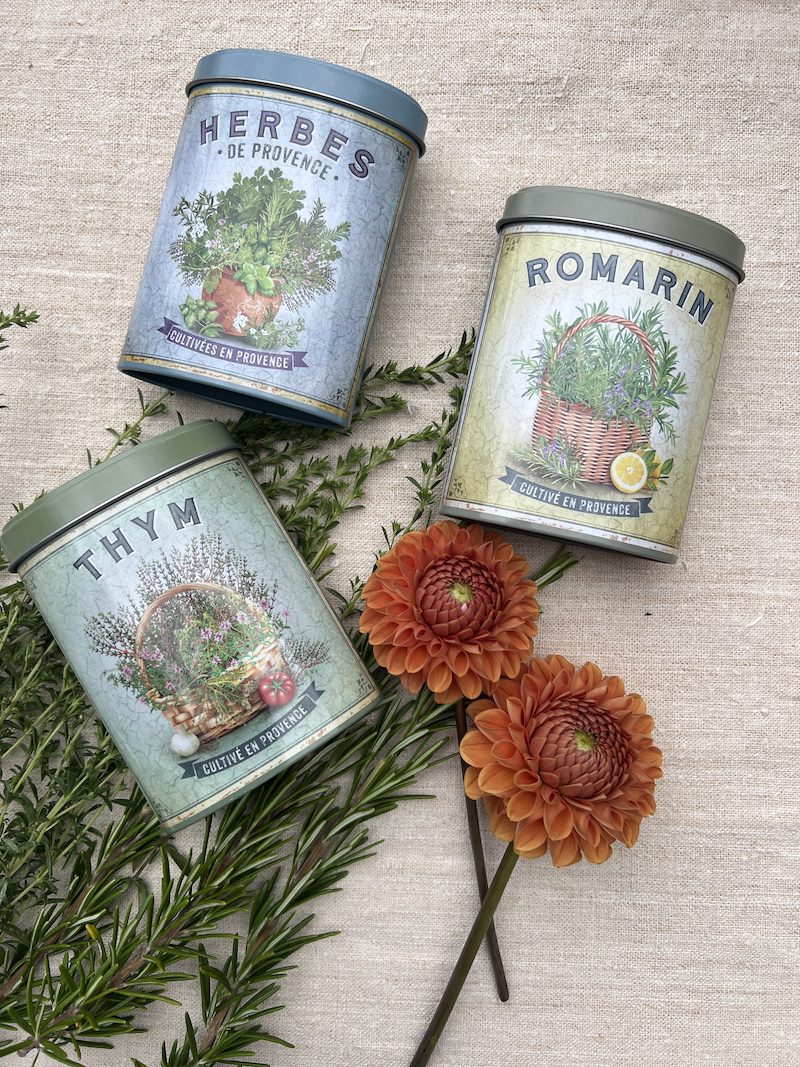
Originating from the Provence region, these herbs capture the essence of Mediterranean cooking. They embody the fragrant, sun-soaked flavors that are characteristic of southern French cuisine, making them a go-to seasoning mix.
7. Bouquet Garni
A bouquet garni is a bundle of herbs, traditionally including thyme, bay leaf, and parsley, tied together or placed in a small cheesecloth bag. It’s simmered in stocks, soups, and stews to infuse them with flavor and is removed before serving.
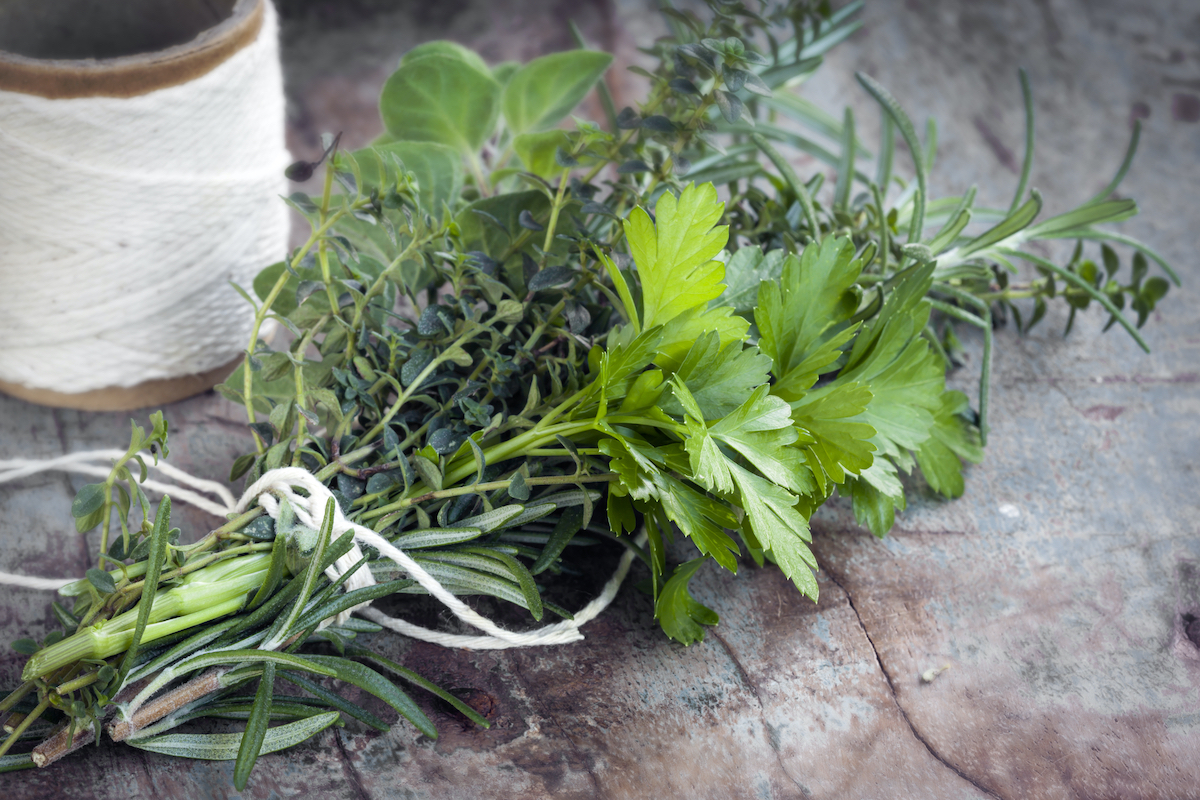
This herb bundle adds complexity to slow-cooked dishes without the herbs disintegrating into the food. It’s a simple yet effective way to infuse a dish with subtle, layered flavors.
8. Dijon Mustard
Dijon mustard is used in salad dressings, sauces, marinades, and as a condiment. Its sharp, tangy flavor can elevate a simple vinaigrette, add depth to a creamy sauce, or provide a zingy contrast when spread on a sandwich.
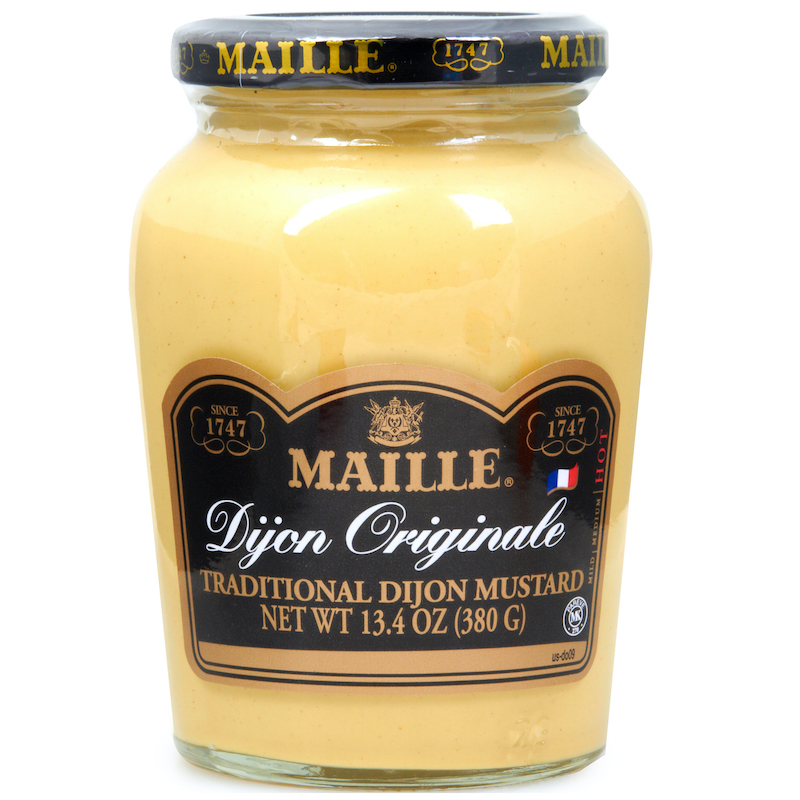
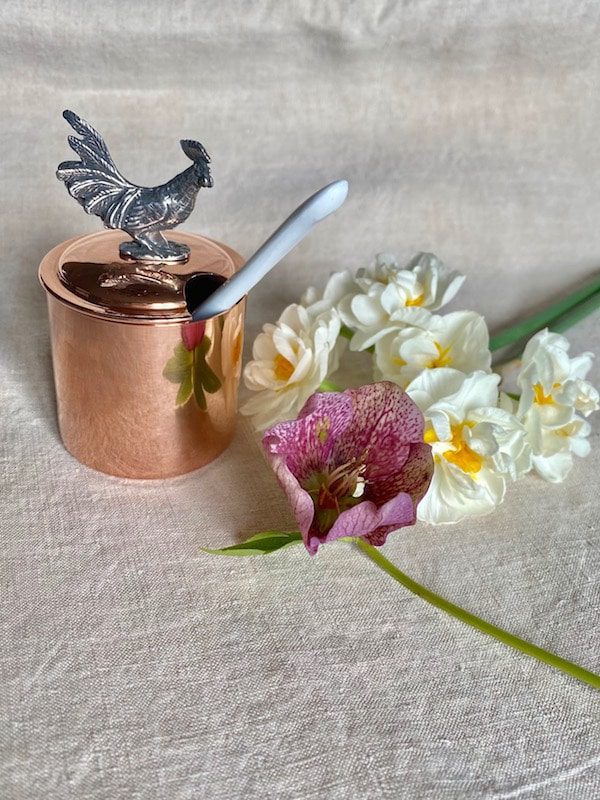
Hailing from the city of Dijon in Burgundy, this mustard has a smooth texture and robust flavor. Its versatility and ability to complement a wide range of dishes, from salads to meats, have made it a fundamental ingredient in French kitchens.
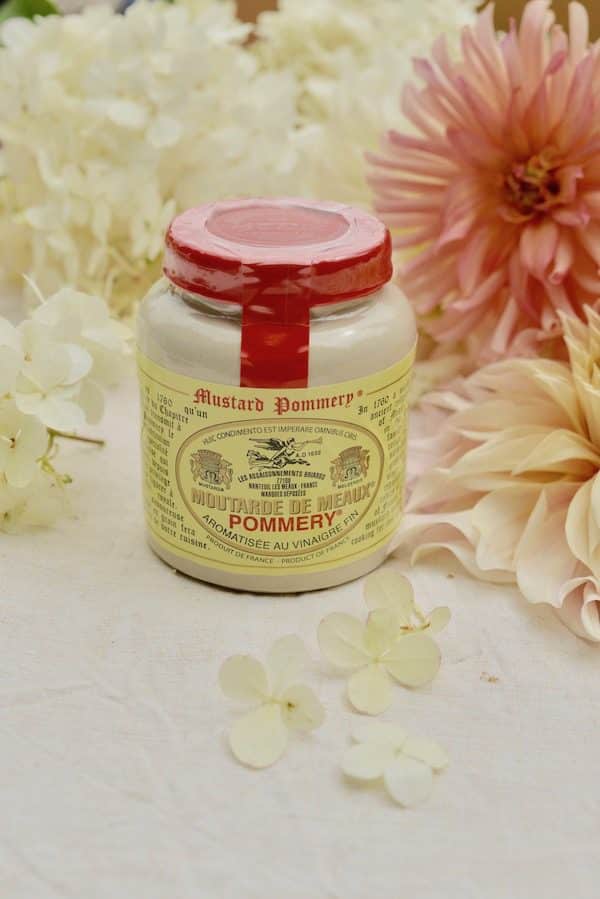
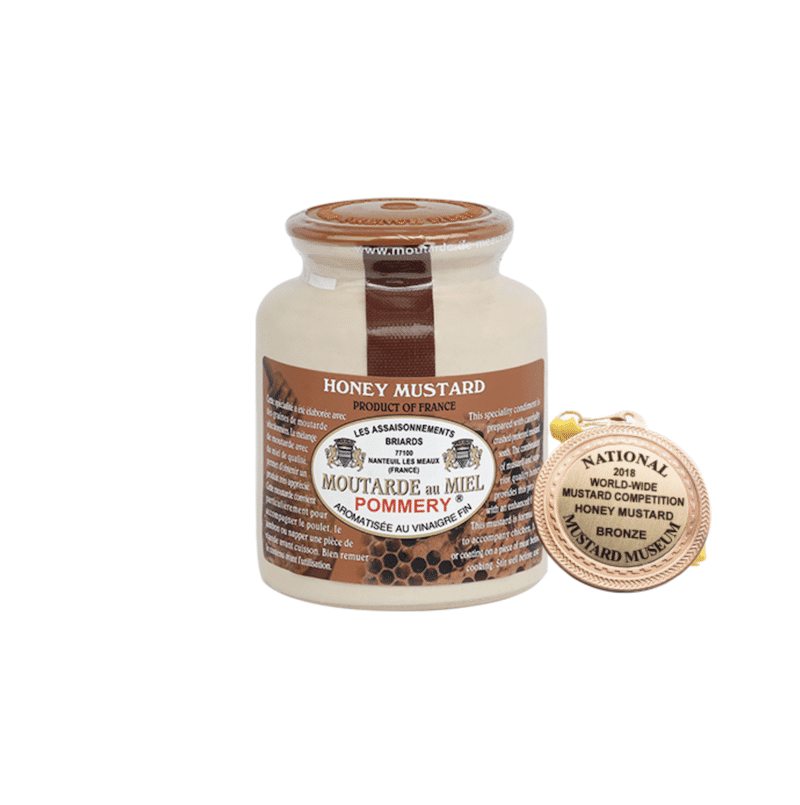
9. Crème Fraîche
Crème fraîche is a thick, tangy cream that’s used in sauces, soups, desserts, and as a topping for baked goods. It can be stirred into hot dishes without curdling, making it ideal for creating rich, creamy sauces.
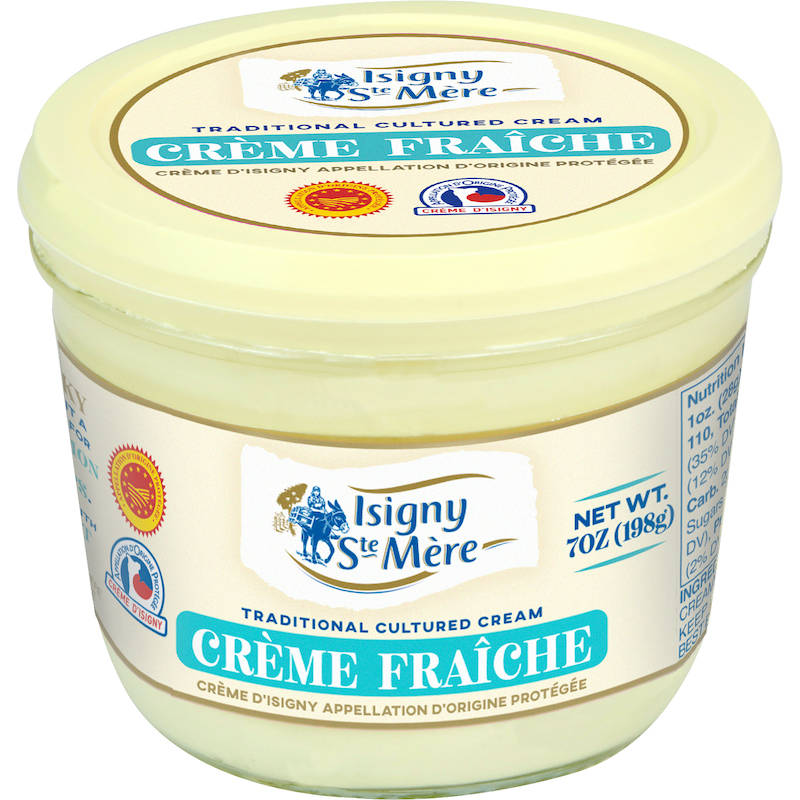
Unlike sour cream, crème fraîche has a higher fat content and a milder flavor, making it more versatile in cooking. Its ability to add creaminess without overwhelming other flavors makes it indispensable, especially in desserts and sauces.
10. Wine (Vin)
Wine is not just for drinking in France – it’s a crucial ingredient in cooking. Red wine is used in dishes like coq au vin and boeuf bourguignon, while white wine is common in sauces for fish, poultry, and seafood, as well as in dishes like moules marinières.
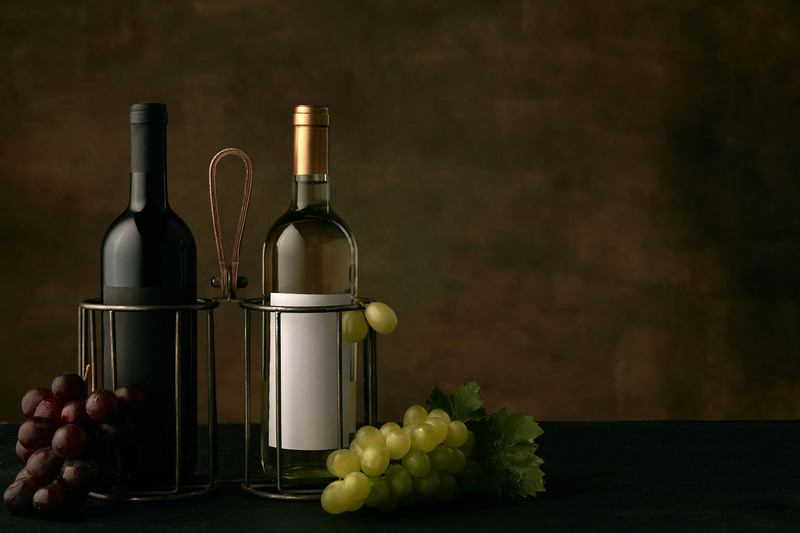
Wine deepens the flavor of a dish and add acidity, sweetness, or complexity, depending on the type of wine used. And as the French wisely say, never cook with a wine you wouldn’t drink!
Whether you are an aspiring chef or a home cook, these essentials are the key to unlocking the full potential of French culinary excellence in your own kitchen. If you want the feeling of a French kitchen in your home, make sure to get your August “French Cuisine Box” from the MFCH Box & Boutique!
